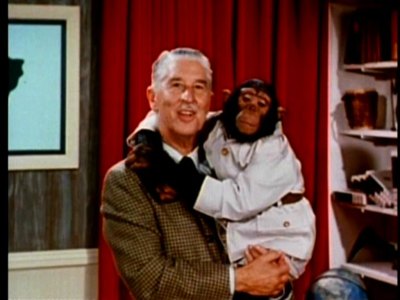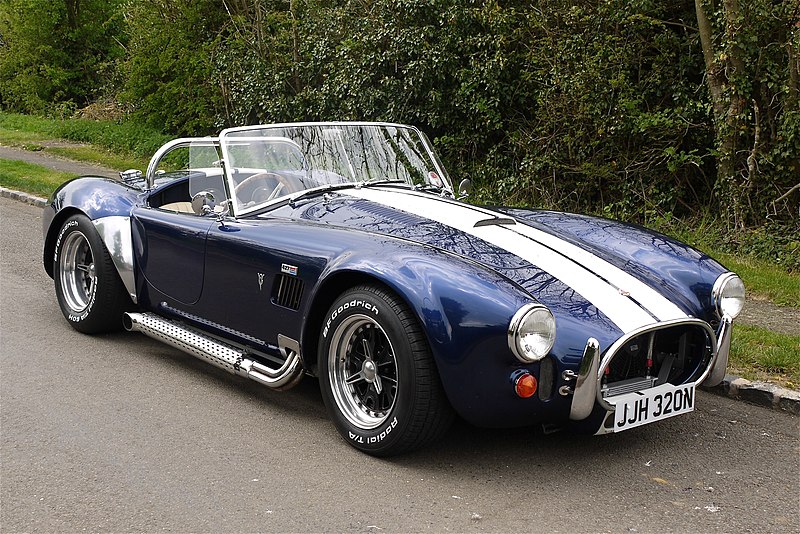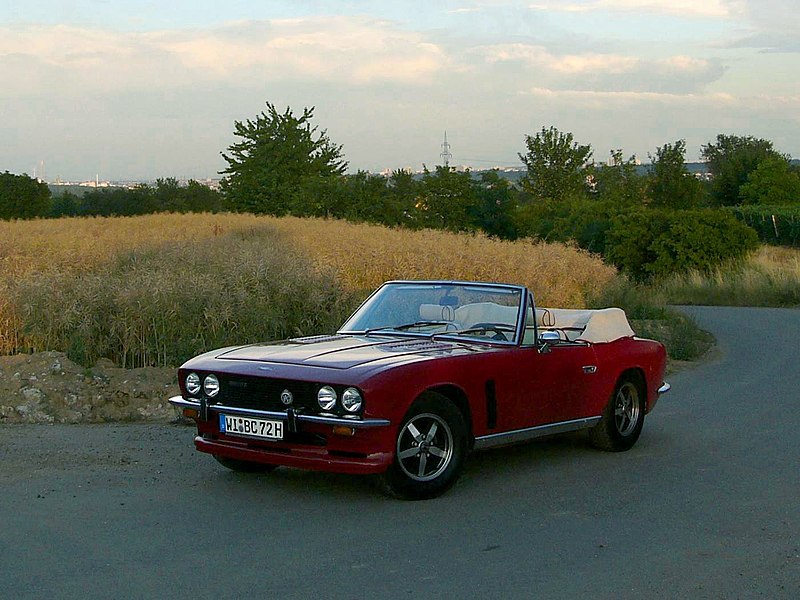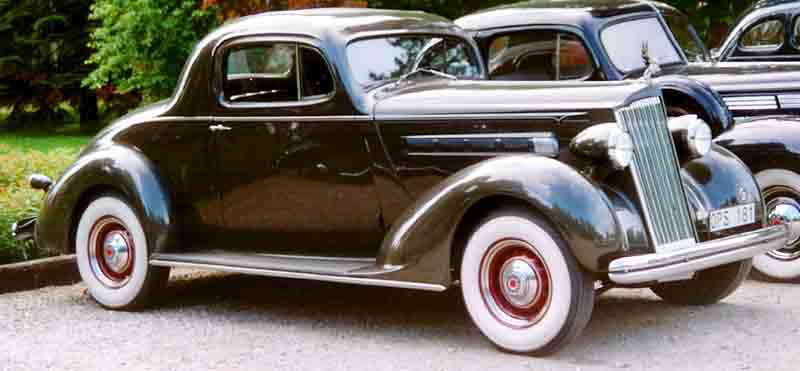
I've always had a
soft spot for the old Land Rover, but thought I had gotten it out of my system
until a friend from San Antonio texted me a picture of one recently. Rough, crude, and basic to a fault, the
original Land Rovers had more in common with a Farmall tractor than today's
Range Rover. The first Land Rover
appeared in 1947 and was Great Britain's answer to the World War II Army
Jeep. It was rugged and designed to be
simple enough to repair in the most remote locations.

Part of my
fascination for the original Land Rover stems from "Mutual of Omaha's Wild
Kingdom." The Marlin Perkins hosted
show featured a animals in their natural habitat. Each week Marlin, and his co-host Jim, would
be on location in the African Serengeti or in the Amazon. They would use Land Rovers to get to remote
locations, chase down animals to be tagged and released, and occasionally get
out of harm's way.
The original Land
Rover evolved gradually, adding power, creature comforts, and weight, but the basic formula remained it
production for over 60 years. It's
direct ancestor, the Defender, looks relatively identical to the original model
and is still in production today.
Ultimately though, the Land Rover's days are numbered. It was eclipsed long ago by more comfortable
utility vehicles, commonly known as SUVs, including it's kid brothers, the
Range Rover and Discovery. Sales have
dwindled since the early 1970s, partly due to the demand for more comfort, but
also because of safely regulations. It
hasn't been imported to the US since the late 1990s and will finally be phased
out in 2015 because of legislative reasons.
Today you can buy an
original Series II or Series III Land Rover for under $15,000. The vehicle is slow and crude, even compared
to a basic Jeep Wrangler, but is easy to work on. It can be used as a daily driver, with the
only serious drawback being a dearth of parts in the US.

Think of it as a
four wheeled version of the late Steve Erwin, a rough and tumble vehicle that
is up for adventure and will do just about anything.












